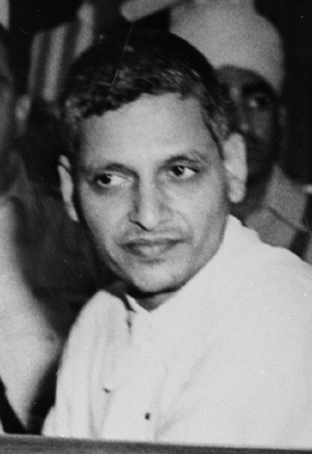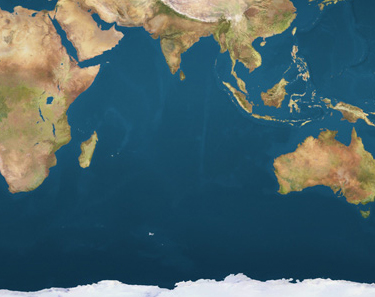 |
| Kottayam - Kerala (India) |
In a village nestled in the woods at the foot of the Himalayas there were many paths and many roads which led to all parts of India, but there was a path that no one knew where led because no one had ever walk on.
The fact is that at some point of this path, just as the forest grew darker and more impenetrable, in the middle of the lane, there was a cobra which never moved from there. A poisonous snake very powerful, perhaps magic because it diddn't move even if the stones were pulled or anything.
The fact is that at some point of this path, just as the forest grew darker and more impenetrable, in the middle of the lane, there was a cobra which never moved from there. A poisonous snake very powerful, perhaps magic because it diddn't move even if the stones were pulled or anything.
The villagers did not dare go there nor tried to approach to the snake because they feared for their lives and for this reason did not know where the path led.
One day a wise man came to the village and lived in a nearby cave for a time, when he realized that no one walked that path he asked why.
"There is a very dangerous and poisonous cobra - they answered - it watches day and night on that path and does not let us pass."
The wise man was amazed, and despite the inhabitants advised him against go, he walked down the path, he saw the snake and approached to it, the animal did not move, the man advanced and just when he was a few steps away from the snake, he saw that it was not a snake but a rope which in the darkness of the forest looked like a snake, but it was not a snake. The man did not come back to the village, but he passed the rope and walked up the path to where it led.
The villagers, seeing that he didn't come back, thought that the snake had swallowed him and still now they do not travel that path for fear of the snake.
For Vedanta, the outer world, the one perceived by the senses is like that rope.The men believe that it is real and act accordingly. Actually it is only maya, illusion.




